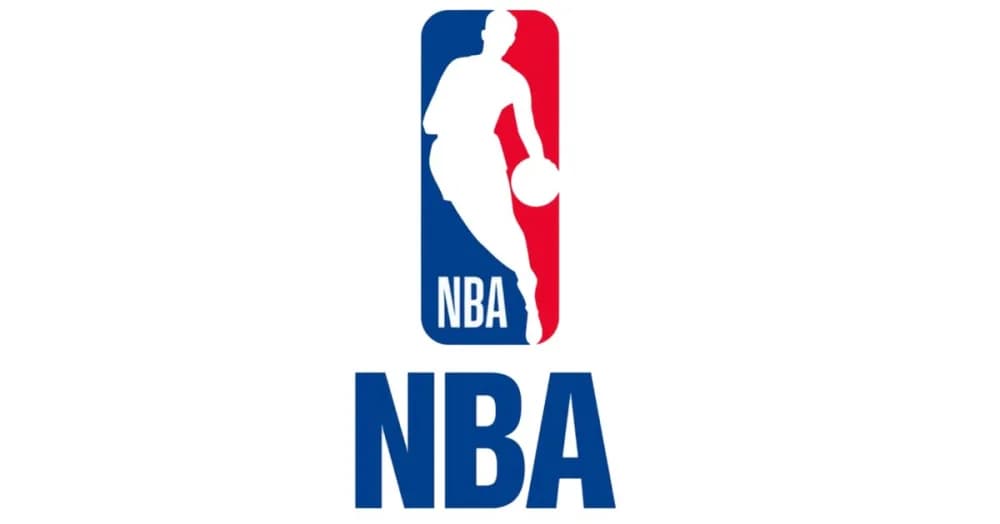NBA 2K25 has arrived, and while it’s a slam dunk in many ways, its joy is marred by a glaring pay-to-win scandal. NBA 2K25’s love for basketball is undeniable, yet this devotion is overshadowed by an economy that is pushing players to the brink of frustration. Visual Concepts’ commitment to creating a top-notch basketball experience is clear, but the game’s financial model threatens to overshadow its brilliance.
Why NBA 2K25’s Love for Basketball Is Marred by a Greedy Economy
For over a decade, NBA 2K has stood as a paragon of basketball simulation, immersing players in a world where the sport isn’t just played; it’s lived. Each installment feels like a love letter to the game, shaping basketball culture rather than just capturing it. Yet, amidst this love fest, NBA 2K25 reveals a dark underbelly: a pay-to-win model that sours the experience for many.
In previous years, the franchise’s MyCareer mode and The City—its social MMO hub—provided an unparalleled sports gaming experience. Players could create their character, build their skills, and engage in vibrant online communities. This year, players can even race go-karts in The City, adding a fresh twist to the mix.
But here’s the rub: the exhilarating experience is overshadowed by an insidious economic system. New players start with a dismal 60 overall (OVR) rating. The game’s Virtual Currency (VC), meant for purchasing cosmetic upgrades, has become crucial for improving player stats. The problem? Players with deep pockets often dominate, leaving those who can’t or won’t pay languishing at the bottom.
Despite the game’s immersive qualities, the community is increasingly accustomed to shelling out extra cash to keep up. On launch day, spotting players with low ratings is like finding a needle in a haystack. Everyone seems to be paying to boost their stats, making it almost mandatory to invest additional dollars if you want a fighting chance.
In my attempt to play NBA 2K25 without spending extra VC, the experience was anything but enjoyable. Playing as a lowly 60 OVR player was akin to being the last pick in gym class—constantly struggling to compete and often facing frustrated teammates. Even in solo modes, I felt stuck in a never-ending grind, forced to eventually spend VC just to stay competitive.
The staggering reality is that even the game’s $100 All-Star Edition, which includes VC to reach an 80 OVR, isn’t enough. Players are still spending beyond this to achieve ratings above 85 or even 90 right from the start. NBA 2K25 is quickly becoming the most expensive sports game on the market, setting players up for frustration if they refuse to cough up more cash.
This troubling trend is not isolated to NBA 2K; it’s a broader issue in gaming. While other titles face backlash for similar practices, NBA 2K seems to be setting a new standard for monetization. Visual Concepts clearly loves basketball and continues to deliver a remarkable gaming experience, but the heavy-handed economic model casts a long shadow over its brilliance.
In conclusion, while NBA 2K25 shines in many aspects, its pay-to-win system is a bitter pill for players. If you’re ready to embrace the game’s high costs or have a fat wallet, it’s a thrilling experience. For everyone else, the road to enjoying NBA 2K25 might be paved with frustration and financial strain.
NBA 2K25 has arrived, and while it’s a slam dunk in many ways, its joy is marred by a glaring pay-to-win scandal. NBA 2K25’s love for basketball is undeniable, yet this devotion is overshadowed by an economy that is pushing players to the brink of frustration. Visual Concepts’ commitment to creating a top-notch basketball experience is clear, but the game’s financial model threatens to overshadow its brilliance.
Why NBA 2K25’s Love for Basketball Is Marred by a Greedy Economy
For over a decade, NBA 2K has stood as a paragon of basketball simulation, immersing players in a world where the sport isn’t just played; it’s lived. Each installment feels like a love letter to the game, shaping basketball culture rather than just capturing it. Yet, amidst this love fest, NBA 2K25 reveals a dark underbelly: a pay-to-win model that sours the experience for many.
In previous years, the franchise’s MyCareer mode and The City—its social MMO hub—provided an unparalleled sports gaming experience. Players could create their character, build their skills, and engage in vibrant online communities. This year, players can even race go-karts in The City, adding a fresh twist to the mix.
But here’s the rub: the exhilarating experience is overshadowed by an insidious economic system. New players start with a dismal 60 overall (OVR) rating. The game’s Virtual Currency (VC), meant for purchasing cosmetic upgrades, has become crucial for improving player stats. The problem? Players with deep pockets often dominate, leaving those who can’t or won’t pay languishing at the bottom.
Despite the game’s immersive qualities, the community is increasingly accustomed to shelling out extra cash to keep up. On launch day, spotting players with low ratings is like finding a needle in a haystack. Everyone seems to be paying to boost their stats, making it almost mandatory to invest additional dollars if you want a fighting chance.
In my attempt to play NBA 2K25 without spending extra VC, the experience was anything but enjoyable. Playing as a lowly 60 OVR player was akin to being the last pick in gym class—constantly struggling to compete and often facing frustrated teammates. Even in solo modes, I felt stuck in a never-ending grind, forced to eventually spend VC just to stay competitive.
The staggering reality is that even the game’s $100 All-Star Edition, which includes VC to reach an 80 OVR, isn’t enough. Players are still spending beyond this to achieve ratings above 85 or even 90 right from the start. NBA 2K25 is quickly becoming the most expensive sports game on the market, setting players up for frustration if they refuse to cough up more cash.
This troubling trend is not isolated to NBA 2K; it’s a broader issue in gaming. While other titles face backlash for similar practices, NBA 2K seems to be setting a new standard for monetization. Visual Concepts clearly loves basketball and continues to deliver a remarkable gaming experience, but the heavy-handed economic model casts a long shadow over its brilliance.
In conclusion, while NBA 2K25 shines in many aspects, its pay-to-win system is a bitter pill for players. If you’re ready to embrace the game’s high costs or have a fat wallet, it’s a thrilling experience. For everyone else, the road to enjoying NBA 2K25 might be paved with frustration and financial strain.







